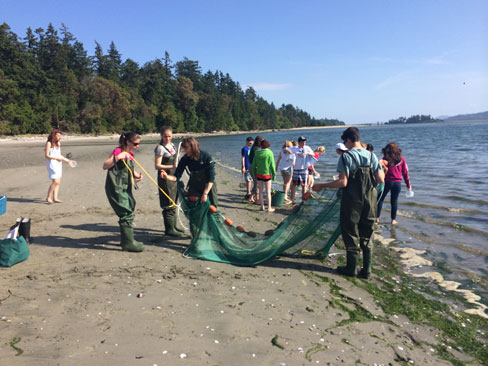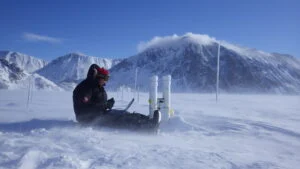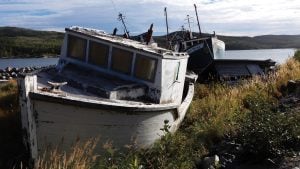
Wildlife
Punctuation’s mark: Can we save the critically endangered North Atlantic right whale?
After a series of mass deaths in recent years, what can we do?
- 4110 words
- 17 minutes
This article is over 5 years old and may contain outdated information.
Kids

Transients, residents, L-pods and J-pods. Those were the codes for the orca groups the École Antoine-Roy Grade 8 students saw on the second morning of Canada’s Coolest School Trip.

After a 6:30 a.m. wake-up, a military-style breakfast and saying goodbye to the folks at Fort Rodd Hill National Historic Site, the class travelled to Sidney Whale Watching. Once there, the students had a quick interview with local media, then donned unflattering orange survival suits for the boat ride.
The orcas were beautiful, moving quickly after the salmon they feed on. The resident pods, J and L, are called residents because they follow a pattern throughout the year chasing the salmon. The class spent 45 minutes with the pods before turning towards Sidney Island in the Gulf Islands National Park Reserve where they would be spending the afternoon and night. On the way, they were treated to a pod of transient orcas. They’re called transients because they don’t follow the salmon like residents and have different food sources, like sharks and seals.

On Sidney Island, the students had a quick lunch and were then welcomed by Eric Pelkey, the hereditary chief of the Tsawout First Nation, who once called the Gulf Islands and part of Vancouver Island home. He invited everyone to enjoy the fruits of the land before the students feasted on dungeness crab, caught and cooked by Aaron Sam, in the traditional Saanich way — boiled whole in sea water. A few of the students accumulated piles of shells, enjoying the sweet but salty taste of the crab, while most of the adults indulged in the rare, delicious treat.
The class moved to another beach on the island to fish with a seine in the eel grass. The collection of gunnels, fish and crabs were put in water-filled jars so Robin Sealy from Parks Canada could discuss each. Sealy also showed the students how to dig for clams. After a quick dip in the chilly water, the class headed up a path shaded by Douglas Fir, arbutus and cedar to dinner. Following the meal, the students headed off to bed, with plans for sea kayaking and travelling to Victoria on their schedule for the next day.
Read what the students were up to as they headed across Canada for the trip and enjoyed their first full day in British Columbia. To find out how your school could win Canada’s Coolest School Trip, go to the contest website.
Are you passionate about Canadian geography?
You can support Canadian Geographic in 3 ways:

Wildlife
After a series of mass deaths in recent years, what can we do?

Science & Tech
Celebrating Canadian Innovation Week 2023 by spotlighting the people and organizations designing a better future

People & Culture
A moratorium on cod fishing that was supposed to last two years has now lasted 30. What will it take to rebuild cod stocks — and a way of life?

Wildlife
Whales are beginning to return to B.C. waters — but will they find a safe haven?